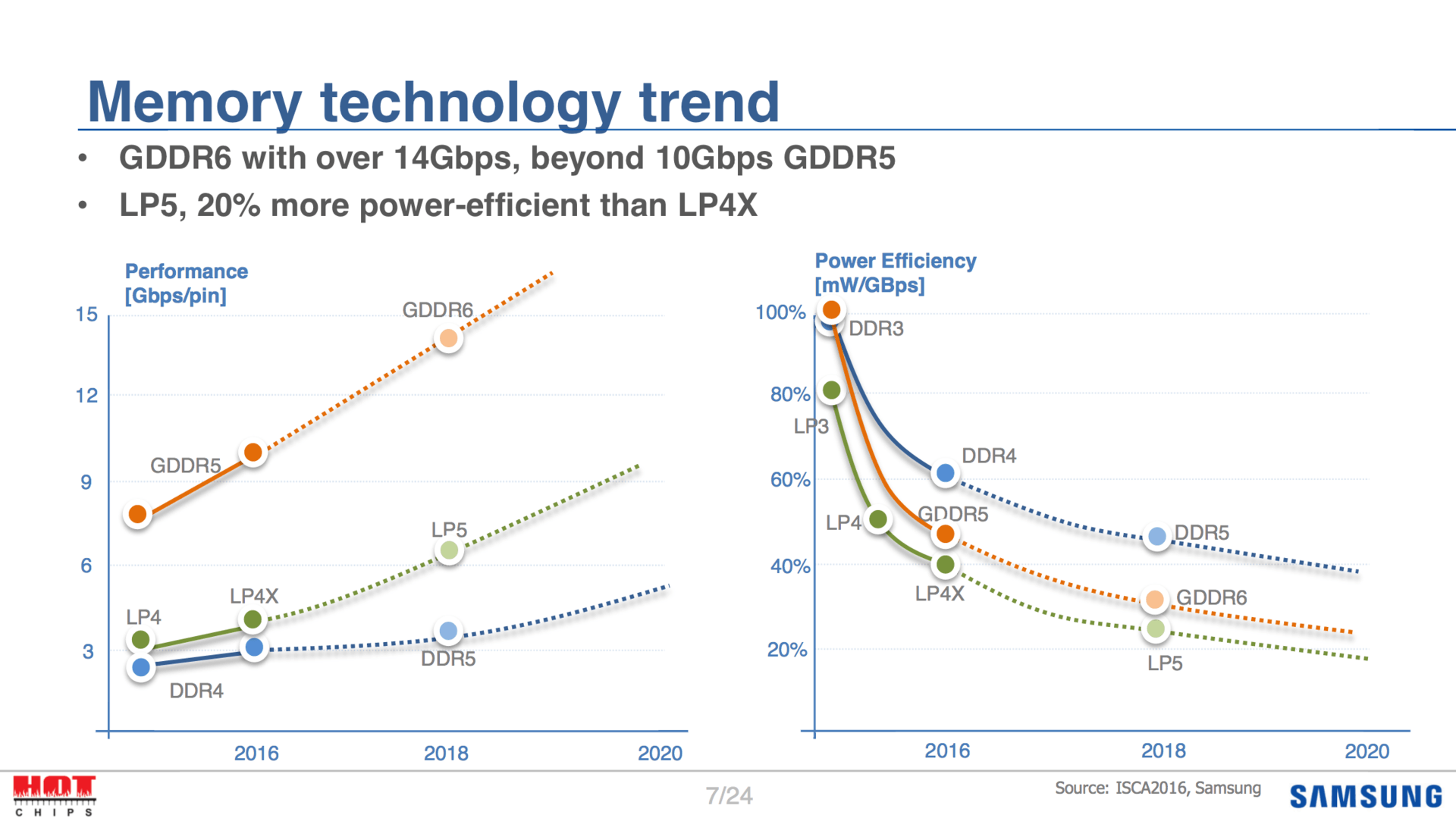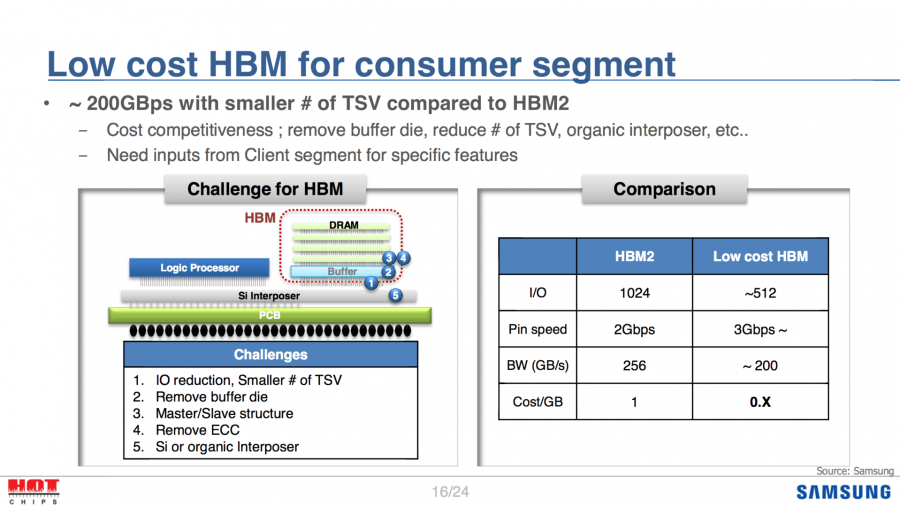Shintai
Supreme [H]ardness
- Joined
- Jul 1, 2016
- Messages
- 5,678
I wonder if this is an in for Intel to get their APU into the console market??
Unlikely. More to remove design restrictions on the IGP developments.
Intel already license from Imagination Technologies and NVidia. And the first one isn't in so good shape.
![[H]ard|Forum](/styles/hardforum/xenforo/logo_dark.png)

